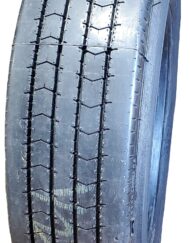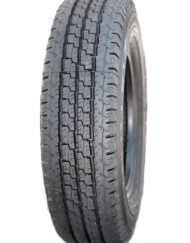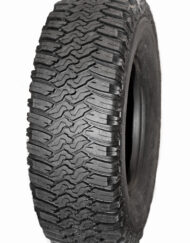Tire How-Tos: Changing A Flat Tire
Flat tires are a fairly regular occurrence amongst drivers. It’s just a matter of time before it happens to all of us, so knowing how to change a tire is an important skill!
The good news is that auto manufacturers have gone to great lengths to make this process as simple as possible. However, some know-how is still going to be required to change a tire. Today we’ll go through what to do if you get a flat tire step-by-step.
Before You Get Started:
If you feel your tire blow out when you’re driving, the first thing you need to do is stop driving! Driving on a popped tired causes severe damage to the rims of your car. However, if you need to continue moving, make sure that you do so slowly. A flat tire can serve as sufficient cushion to protect your rims for a short while, but the longer you continue driving, the more danger your vehicle is in.
When you are ready to pull over, make sure that you find a safe spot. You should be looking for a place on the side of the road that is away from traffic, and flat. Parking too close to the road and being hit by a passing vehicle as you attempt to change your tire is a disastrous scenario. And using your jack on a hill can have equally disastrous results.
Once you have found a suitable place to change your tire, turn on your hazard lights, and get out of the car. It’s go time!
Changing a Flat-Tire (Step-by-Step)
- Loosen your lug nuts
Grab your wrench and, if applicable to your vehicle, take off the hub cap. Lug nuts are what hold your tires in place, so they need to be tightly secured. So, you may find loosening them to be difficult. You might need to get creative and use your foot, or a rock to force the lug nuts into submission.
- Use your jack to lift up your vehicle
Every car a specific spot where it is safe to place the jack. If you are unsure where that is, consult your owner’s manual. You should lift the car up roughly 6 inches.
- Remove the lug nuts & then the tire
Now that the lug nuts are loosened, it should be easy to take them off. Then you should be able to slide your tire off as well.
- Put your spare tire on & secure it
Dig your spare tire out of it’s hiding place (most cars have storage space for these underneath the roof of the trunk). The holes in your tire should be easy to line up with the lug nut posts that held your previous tire. Push the tire onto your car as far as it will go, and then, use your wrench to retighten the lug nuts as much as possible.
- Lower the car off the jack & make sure it’s secure
Lower your jack so that your car once again rests on all four wheels. You’re done! But before you get back into your car, double check the lug nuts. Are they tight enough? If they aren’t, your tire might literally fly off of your car while you’re driving, so be careful to double check this.
After You Change Your Tire
Once you’ve successfully put your spare tire on your car, it’s okay to keep driving. However, your car was not meant to be driven with a spare tire longer than is absolutely necessary. You should go the mechanic as soon as possible, and try to avoid driving on highways in the meantime.




